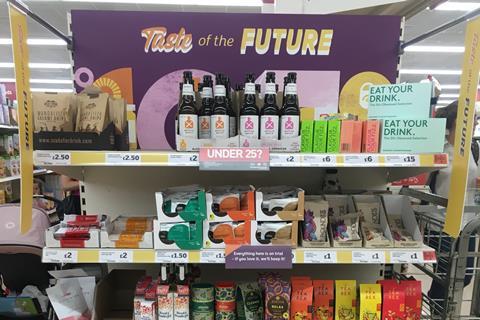
For many fmcg challenger brands, the ultimate goal is to crack mainstream retail and get a listing in one of the national grocers. That involves dancing the dance with the buyer in question. This rite of passage can involve as much mystery and intrigue as it can frustration. In almost all cases, it’s never entirely straightforward.
Having worked for the best part of a decade at Sainsbury’s, where I led the Future Brands programme, I have had first-hand experience in supporting brands to connect with and woo their respective buyers. While I don’t have a silver bullet to guarantee a listing, I do have several learnings that may serve brands embarking on this journey well.
Understand your buyer
To start with, it’s important to contextualise a supermarket buyer’s role. Buyers often have accountability for large P&Ls, often worth multiple hundreds of millions in RSV annually.
That means that they are dealing with a long list of suppliers and, among them, some absolute industry behemoths. Your brand will be far from the top of their priority list, so know your place. If you are not getting replies to your emails, don’t take it personally. Remember, buyers are humans. Treat them with respect and avoid being overbearing: this can, in fact, have a negative impact.
Big retailers move slowly, certainly in relation to the speed at which challenger brands operate. Therefore, managing your expectations from the outset is critical. Conversations to secure a retail listing can take 18 to 24 months (and longer in some cases).
Working towards a longer time horizon to engage your buyer, having the relevant conversations and getting down into the nitty gritty of listing details will help manage your approach and build a relationship over time. There will, of course, be exceptions to the rule, where brands achieve listings faster, but these generally aren’t the norm.

Get the right person
The first challenge, typically, is identifying the correct person to contact in the organisation. You need to leverage all the information and resources available to you. LinkedIn is a great place to try and track down your relevant buyer.
Leveraging your network is the next step. Who do you know who is already listed in the retailer? Do you have any contacts who work there, or know anyone else with a relationship?
Make your move
Once identified, connect with your buyer. This is the first step in the subliminal signalling to them that you are indeed serious about a listing. You’ll then need to reach out to make proper contact and introduce your brand.
LinkedIn messages are easy to ignore, so email should be the primary focus. Try to get a warm introduction, either from another brand that knows the buyer, or someone you know who works there. If that’s not possible, then a cold email will have to suffice.
You may or may not get an initial response, but that’s to be expected. You will need to have built that into your timeline. Once contact has been made, think about how to continue to drive awareness and showcase your brand’s credentials.
What I have seen work well is brands continuing to share periodic updates with their prospective buyer, showcasing key successes and proof points from other channels and listings. The objective here has been to keep engagement high and plant the seed of listing potential.
Think about touchpoints
It’s important to then think about what other different touchpoints there might be. Trade shows are a great way of showcasing your brand, but it’s also where buyers often go to see what’s happening in the market.
Make a point of inviting your buyer down and letting them know where you’ll be. It can be a great way to have an informal face-to-face conversation. At Good & Proper, we have a deck of cards with the faces and info of all key buyers at any given trade show. We ensure that everyone in the team is aware of who’s who and what the key messages are in the event of a visit.
There will, of course, be other events like pitch days, meet-the-buyer events and smaller supplier demo days. Keep your eyes and ears out for these and look to attend where you can.
The more touchpoints you have, the greater the chances of building that relationship and ultimately being invited to that all-important meeting. Also, think about inviting buyers to events you’re hosting, or offering up office space for any team awaydays. The more human interaction and engagement you can have, the better.
So remember, plan the time in to build a relationship properly. I had one encounter where I got ambushed in the atrium by an aspiring brand. Needless to say, it had the opposite effect to what the brand was hoping for. Most importantly: hustle, not hassle.
Tom Forsythe is the managing director of Good & Proper Tea and former head of Sainsbury’s Future Brands



![XOXO-Product-Shot[ALL FLAVOUR]-Sky-1920x1080](https://dmrqkbkq8el9i.cloudfront.net/Pictures/274x183/4/9/2/355492_xoxoproductshotallflavoursky1920x1080_806584_crop.jpg)
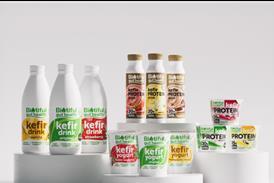


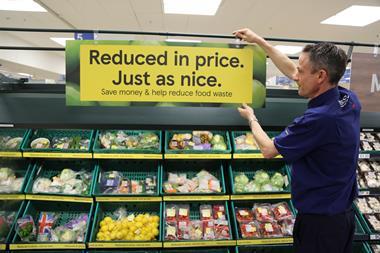


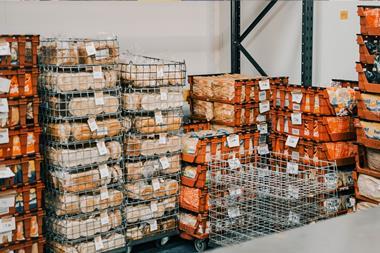
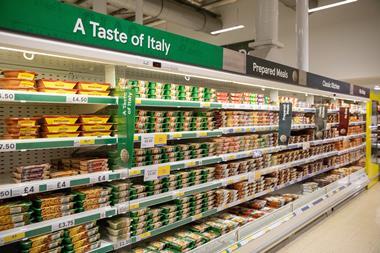
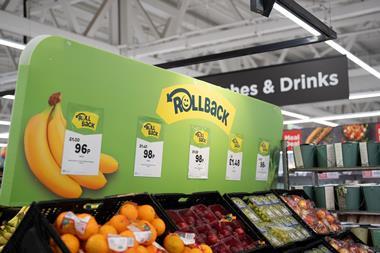

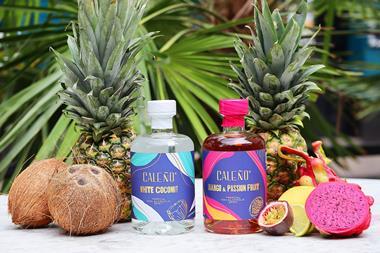
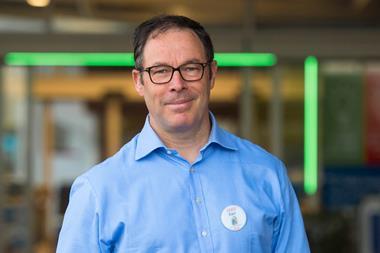
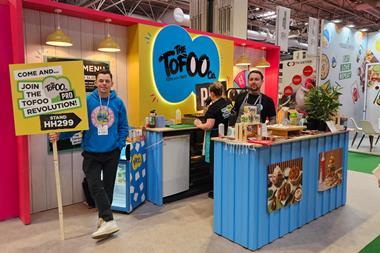

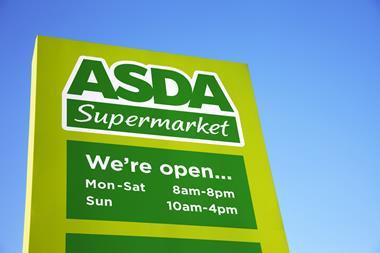
No comments yet